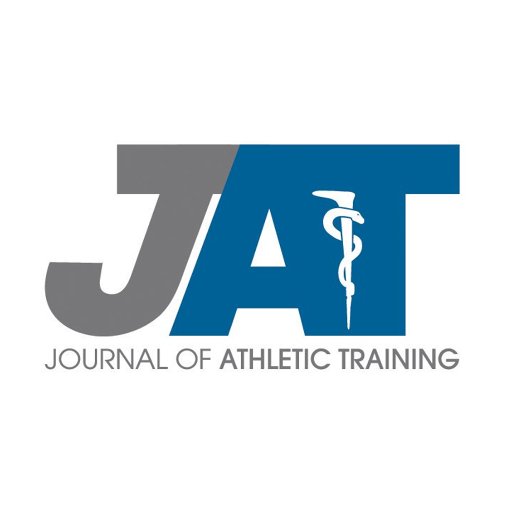
Effects of Gait Biofeedback on Cartilage Oligomeric Matrix Protein in Individuals with ACL Reconstruction
Brittney A. Luc-Harkey, Jason R. Franz, Anthony C. Hackney, J. Troy Blackburn, Darin A. Padua, Todd A. Schwartz, and Brian Pietrosimone
Context: Gait biomechanics are linked to biochemical changes that contribute to the development of posttraumatic knee osteoarthritis in individuals with anterior cruciate ligament reconstruction (ACLR). It remains unknown if modifying peak loading during gait using real-time biofeedback will result in acute biochemical changes related to cartilage metabolism.
Objective: Determine if acutely manipulating peak vertical ground reaction force (vGRF) during gait influences acute changes in serum Cartilage Oligomeric Matrix Protein (sCOMP) concentrations in individuals with an ACLR.
Design: Crossover Study
Patients or Other Participants: Thirty individuals with an unilateral ACLR participated (70% Female, 20.4±2.9 years old, 24.4±4.2 body mass index (BMI), 47.8±27 months post-ACLR). Additionally, a subgroup was identified as those participants who demonstrated an increase in sCOMP following the control or natural loading condition (sCOMPCHANGE >0ng/mL; n=22, 70% Female, 20.3±3 years old, 24.7±4.3 BMI, 47.3±29.3 months post-ACLR).
Main Outcome Measure(s): Serum was collected before and immediately following each condition to determine sCOMPCHANGE.
Intervention: All participants attended four sessions involving 20 minutes of walking on a force-measuring treadmill consisting of a control condition (natural loading) followed by a random ordering of 3 loading conditions prescribed using real-time biofeedback: 1) a 5% increase in vGRF (high-loading), 2) a 5% decrease in vGRF (low-loading), and 3) symmetric vGRF between limbs. A general linear mixed model was used to determine differences in sCOMPCHANGE between each altered loading condition and control in the entire cohort and subgroup.
Results: sCOMPCHANGE was not different across all loading conditions for the entire cohort (F3,29=1.34, P=0.282). Within the subgroup, sCOMPCHANGE was significantly less during high-loading (1.95±24.22ng/mL, t21=-3.53, P=0.005) and symmetrical loading (9.93±21.45ng/mL; t21=-2.86, P=0.025) compared to the control (25.79±21.40ng/mL).
Conclusions: Increasing peak vGRF during gait decreases sCOMP in ACLR individuals who naturally demonstrate an increase in sCOMP following 20 minutes of walking.
